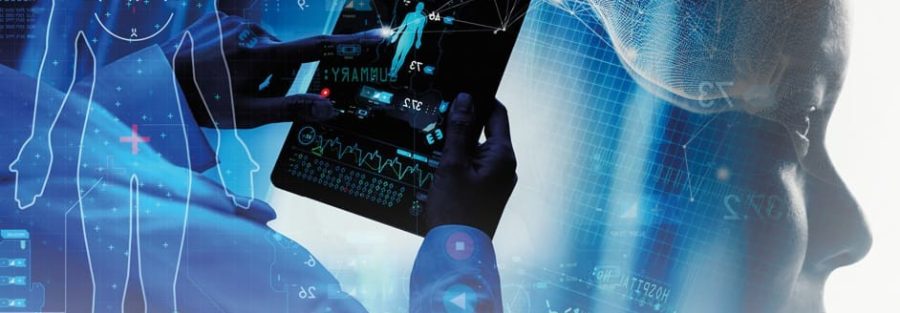Biomedical engineering stands at the forefront of transformative innovations that are reshaping the landscape of healthcare. This interdisciplinary field merges engineering principles with biological and medical sciences to pioneer breakthroughs that address medical challenges and enhance patient care.
One of the significant emerging trends in biomedical engineering is the advancement of wearable medical devices and sensors. These devices, integrated into clothing or worn directly on the body, continuously monitor vital signs, track health metrics, and provide real-time feedback to both patients and healthcare professionals. From smartwatches capable of ECG monitoring to biosensors that analyze sweat for biomarkers, these innovations offer personalized and proactive healthcare solutions.
Another trend revolutionizing healthcare is the rapid development of personalized medicine and 3D bioprinting. Biomedical engineers are leveraging advancements in genomics, molecular biology, and tissue engineering to tailor treatments and therapies based on an individual’s genetic makeup. Additionally, 3D bioprinting technology allows for the creation of tissues, organs, and implants with precision, potentially revolutionizing organ transplantation and regenerative medicine.
The integration of artificial intelligence (AI) and machine learning is also a pivotal trend in biomedical engineering. AI-powered algorithms analyze vast amounts of medical data to aid in disease diagnosis, treatment planning, and drug development. These technologies enable more accurate predictions, faster diagnoses, and personalized treatment plans, ultimately improving patient outcomes.
Furthermore, nanotechnology has emerged as a game-changer in biomedical engineering. Nano-sized particles and devices offer targeted drug delivery systems, precise imaging techniques, and even the potential for early disease detection at the cellular or molecular level. These advancements hold immense promise for more effective and less invasive medical interventions.
Despite these promising trends, challenges such as regulatory approvals, data privacy concerns, and accessibility need to be addressed for widespread adoption. However, the collaborative efforts of biomedical engineers, healthcare professionals, and regulatory bodies continue to drive forward these innovations, revolutionizing healthcare and paving the way for a healthier future.





